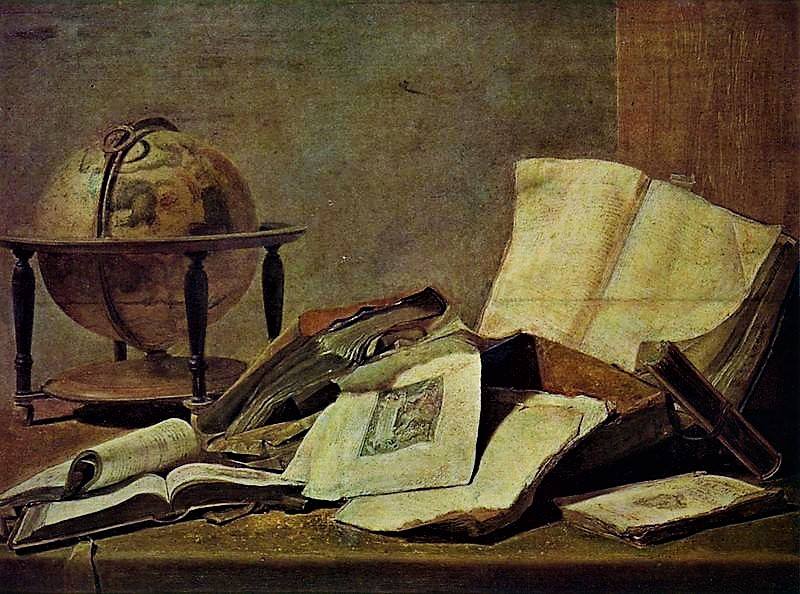In the world of treasure hunting, lost mines hold a special place in my heart. Most usually start out the same. A grizzled prospector leading his overly burdened mule into the desert looking for riches. Months later, when the prospector returns sick or injured from his adventures, he makes a deathbed confession to finding a rich deposit of gold or silver. For proof, he offers a tattered map to the mine. In some cases, rich ore specimens are found in his possession.
Pushing aside literary and Hollywood imagery, there are several reasons why these mines, which are basically rich mineral deposits, are lost. The majority of lost mines were really just diggings. These are basically excavation sites worked with hand held equipment such as shovels and picks. These mines were not tunnels dug in the side of a mountain with little railroad tracks and ore cars. In some cases, such as the Lost Gunsight Mine of the Mojave Desert, the “mine” was loose rocks broken off an outcropping. Even with a map, finding a hole in a very large desert is almost impossible.
Also, these mines were deliberately concealed. If you had a secret gold mine, would you want everyone knowing about it? Prospectors working secret claims were careful about being followed when traveling to and from their diggings. Jacob Waltz of the Lost Dutchman fame is said to have changed his route when visiting his mine. Not only did miners not want others working their claims, they had to be alert to not getting waylaid for their valuable ore. These mines were intentionally concealed and, after even a relatively short period of inactivity, would soon completely blend with the landscape.
And finally, several lost mines are located in what was then inhospitable or dangerous areas. Indigenous peoples, bandits, and Indian Wars were constant threats to prospectors and miners. Three brothers evading hostile Indians found a limestone ledge covered with gold nuggets. The brothers took ore samples then headed across the desert. Only one survived, and he was unable to locate the limestone ledge, so the Whitman “Cement” Mine remains lost. Hundreds of lost mine stories played out like that across the American West.
The Miner’s Guide; A Ready Handbook for the Prospector and Miner, by Horace J. West (Los Angeles: Second Edition – 1925
http://www.thegeozone.com/treasure/colorado/tales/co015a.jsp
http://www.legendsofamerica.com/
